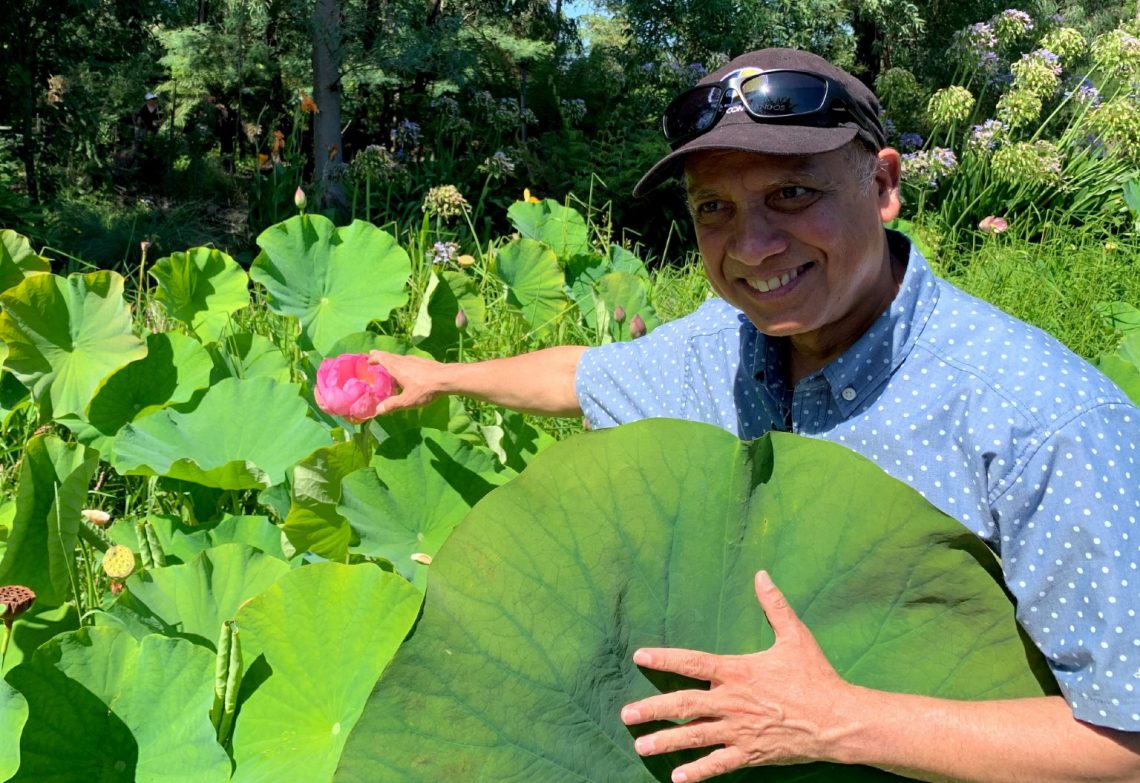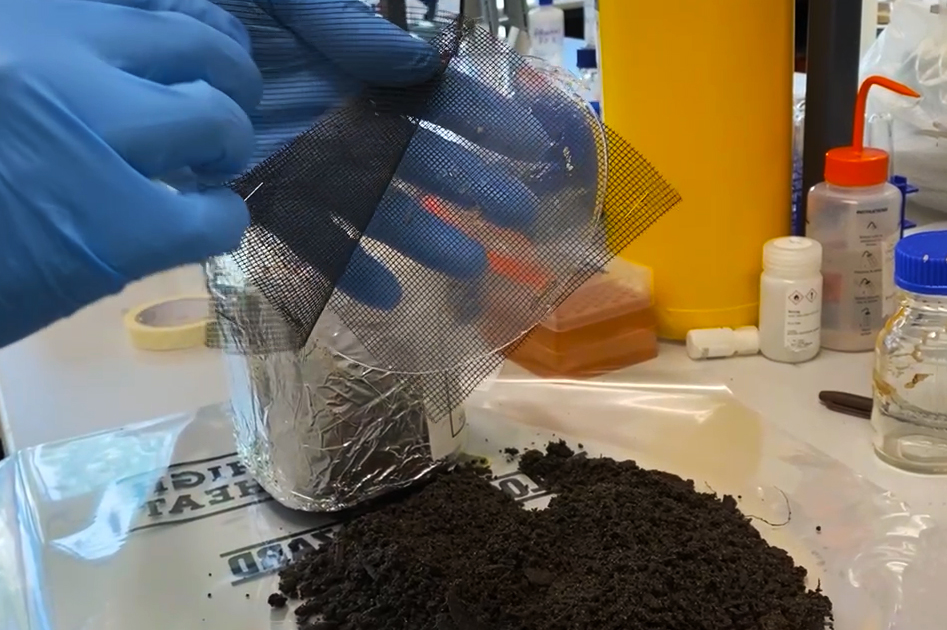RMIT engineers develop water-repellent bioplastic inspired by the lotus leaf

Benu Adhikari, RMIT University.

Benu Adhikari, RMIT University.
Engineers at RMIT University have developed a compostable, water-repellent bioplastic that could be used as an alternative to regular plastics. The team took inspiration from the lotus leaf, which naturally repels water and other contaminants, to design the material. Chemical and food engineer Professor Benu Adhikari says the threat of plastic pollution was a key motivator for the project.
“Microplastics are everywhere,” he told create. “I am always thinking about how we can create packaging materials that are safe to use in contact with food but can be composted or naturally degraded when discarded.”
The bioplastic’s key innovation is twofold: it is both biodegradable and fully water-resistant. A key consideration for the researchers was the threat to the environment posed by single-use plastic that does not biodegrade.
They also considered how material that allows water vapour to seep through proves ineffective for storing food.
“All food has a moisture content,” Adhikari said. “Purely starch-based packaging is ineffective because if the packaging material comes into contact with the food, then it easily dissolves.”
The innovation mimics the “lotus effect”, in which water and contaminants are repelled from sticking to a surface.
“The lotus leaf has a really interesting function because of its unique microstructure: [a layer of microscopic] pillars and a waxy coating on top,” said PhD researcher Mehran Ghasemlou. “If you place a droplet of water on the surface, it will easily reject it.”

In emulating the design of material found in nature, the innovation is a prime example of biomimicry, Ghasemlou said.
“We closely looked at nature, [which] has a lot of templates we can watch and learn from, and this is exactly what we have done.”
The research team said it aims to one day commercialise production of the bioplastic. Ghasemlou said he sees a bright future ahead for implementation of the new bioplastic.
“We have already done a solution casting process,” Adhikari said. “We have to use an industrial-scale extrusion system to produce the master batch. Once the master batch is produced, [developers] can use blow moulding or some other injection moulding system.”
Lachlan Haycock is a journalist and translator who has written for publications in Australia and abroad. His passion for all things Indonesian is second only to the accurate use of apostrophes on public signage.